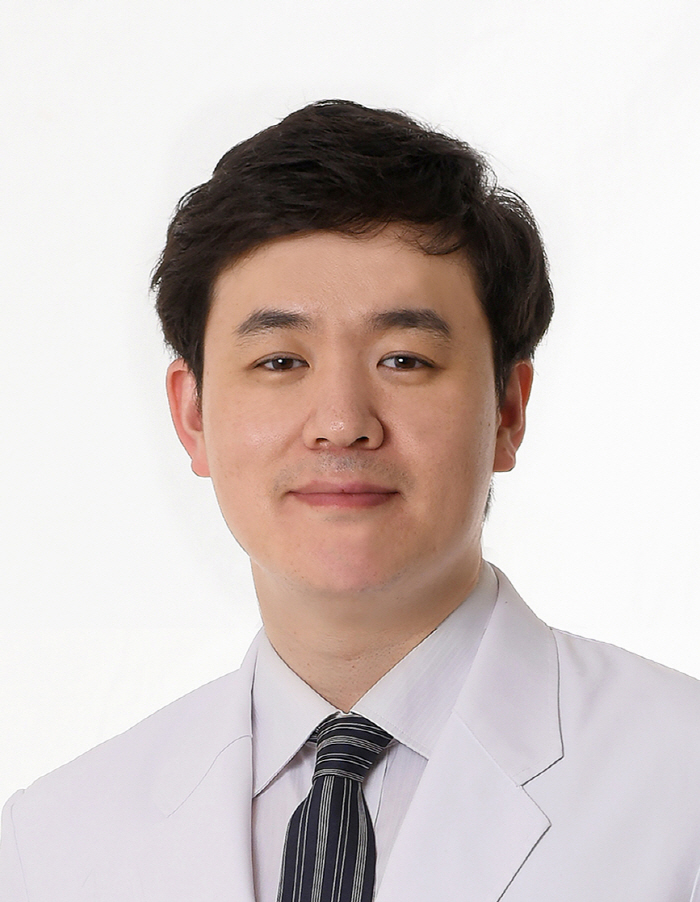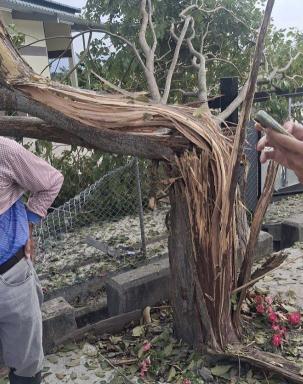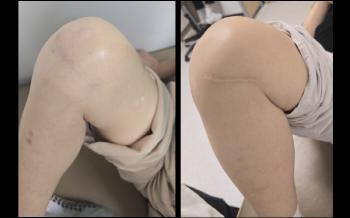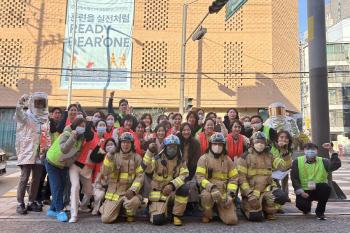Suspected brain aneurysm with a 60% mortality rate in case of first-time extreme headache
|
Most of the cerebral aneurysms progress without any obvious symptoms, but when the aneurysm grows rapidly and compresses the surrounding cranial nerves, symptoms such as 'facial sewage (sagging eyelids)' and 'boxy (things overlap)' may appear. If you develop these symptoms, you should visit the hospital as soon as possible.
◇ Proceed without obvious symptoms...The first sign is, "Heartache like a thunder"
The problem is when this brain aneurysm bursts. Blood spreads throughout the brain and increases brain pressure as bleeding occurs in the space called the 'pile membrane'. This results in extreme headaches, vomiting, dizziness, and loss of consciousness.
Shin Dong-sung, a professor of neurosurgery at Soonchunhyang University Bucheon Hospital, said "Patients who experienced subarachnoid hemorrhage were the first severe headaches they felt in their lives." It is described as 'the feeling of thunder in my head'", he explained.
◇ A ruptured cerebral aneurysm is fatal...serious aftereffects of survival
Subarachnoid hemorrhage causes direct damage to the brain, followed by complications such as 'vascular dilatation' and 'hydropharyngeal'. Vascular dilatation, in which blood vessels shrink, occurs from the third to fourth day after bleeding, and the blood flow in the brain decreases rapidly, which can lead to secondary cerebral edema or cerebral infarction. In addition, when blood accumulates in the cerebrospinal fluid passage and hydrocephalus occurs, it threatens life again due to increased brain pressure. Once brain aneurysm ruptures, even if brain bleeding is prevented by surgery, brain damage that has already occurred is difficult to recover, making it difficult to return to daily life.
◇ If the size is more than 4mm, treatment is recommended...Early diagnosis is important
Brain aneurysm is confirmed by MRI or CT angiography. Brain aneurysms that did not burst accidentally are often found in examinations or medical examinations due to headache. The Korean Society of Neurosurgery recommends treatment if the size is more than 4mm. Surgical methods include ▲ clip ligation (clipping aneurysm protruding from outside the blood vessel to block blood flow), and ▲ coil embolization (blocking blood flow by filling metal coils in swollen blood vessels).
Professor Shin Dong-sung said, `If the brain aneurysm is detected before bursting, it can be operated relatively safely"Once it bursts, it is difficult to recover even if it survives, and the patient's own life as well as the family's life can be greatly shaken," he explained.
◇There is no definite prevention...Watch out for women with family history or menopause
There is no clear prevention method because the cause of brain aneurysm is not yet clear. However, caution is needed if you have a family history or if you are a woman after menopause. After menopause, the number of patients with brain aneurysms increases rapidly in women aged 45 to 50 years or older as the number of female hormones that protect blood vessels decreases.
Smoking is also one of the causes of brain aneurysm, so it should be avoided, and high blood pressure should also be careful. High blood pressure itself is not the cause of brain aneurysm, but the higher the blood pressure, the higher the probability of brain aneurysm bursting.
Professor Shin said "Brain aneurysm rupture suddenly comes, and once it bursts, it's a disease that can change your whole life. Manage blood pressure with a healthy lifestyle, and even if there are no symptoms, if there are risk factors such as family history, you should consider testing. It is advised that the most obvious prevention method is to discover and treat it before it bursts."
|
This article was translated by Naver AI translator.





